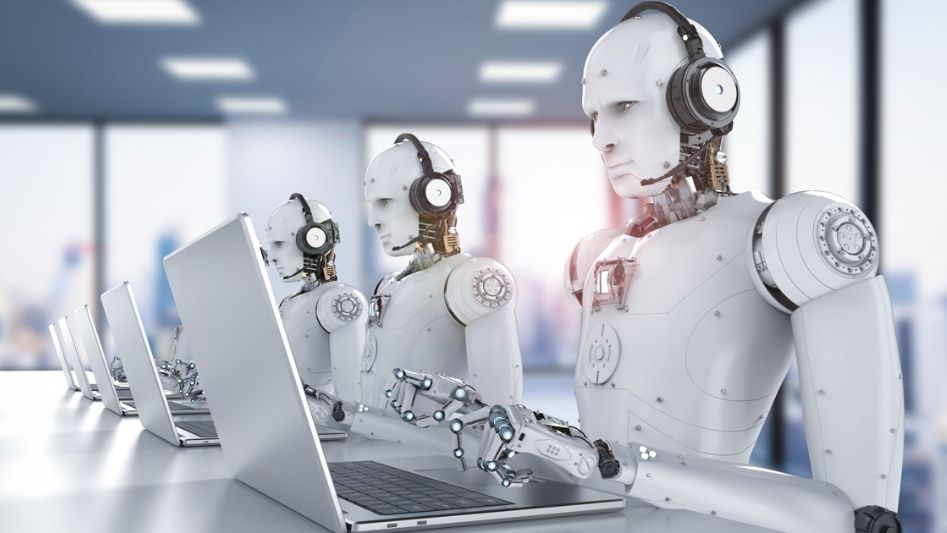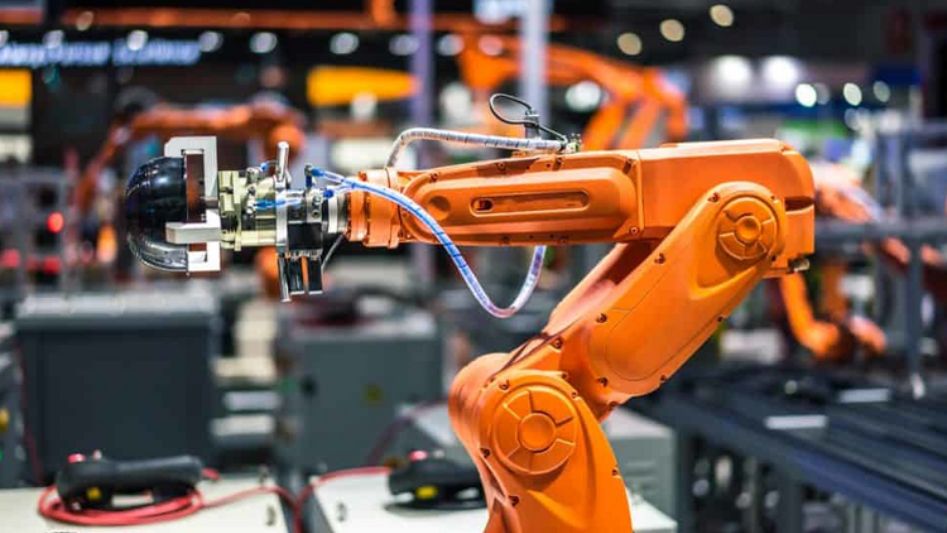Robotics is the field of study concerned with the design, construction, and operation of robots. AI is the simulation of human intelligence in machines that are programmed to learn and perform tasks. The idea of robots has been around for centuries, with early examples dating back to ancient Greece and China. However, it wasn’t until the 20th century that robots began to take on their modern form.
Table of Contents:
We invite you to read: “5 EASY, BUDGET-FRIENDLY ROBOTICS PROJECT IDEAS FOR KIDS”

Current state of robotics
Today, robots are used in a wide range of industries, from manufacturing and agriculture to healthcare and entertainment. They are used for tasks such as assembly, inspection, and transportation. However, current robotics technology has limitations, such as difficulty in adapting to changing environments and lack of decision-making capabilities.
The role of AI in robotics
AI has the potential to revolutionize robotics by enabling robots to learn and make decisions on their own. Machine learning, deep learning, and reinforcement learning are all techniques that can be applied to robotics to enhance their capabilities.
Advancements in robotics due to AI
Advancements in AI have already led to significant improvements in robotics. Robots can now achieve higher accuracy and precision, adapt to changing environments, and make decisions based on data analysis. These advancements have enabled robots to take on tasks that were previously impossible or too difficult for them.
We invite you to read: “THE TOP 10 AI STARTUPS TO WATCH IN 2023”

Implications for the future of robotics
The widespread adoption of AI in robotics will have significant implications for the job market, with the potential to automate many tasks currently done by humans. Industries such as healthcare, manufacturing, and transportation will be transformed by the use of robotics. However, ethical considerations, such as the impact on privacy and security, must be taken into account.
Challenges to the widespread adoption of AI in robotics
There are several challenges that must be addressed for the widespread adoption of AI in robotics. Safety concerns, such as the risk of accidents and malfunctions, must be addressed. The cost of implementing AI in robotics can be high, and public perception and acceptance of robots may be a barrier to their adoption.
We invite you to read: “THE FUTURE OF ARTIFICIAL INTELLIGENCE: A LOOK AT ADVANCEMENTS IN MACHINE LEARNING”

Conclusion
The future of robotics is exciting and promising, with AI set to revolutionize the field. However, challenges must be addressed for the widespread adoption of AI in robotics. The potential impact on the job market, industries, and ethics must be taken into account. As AI continues to advance, we can expect to see robots playing an increasingly important role in our lives.
FAQ
What is the future of robotics?
The future of robotics is bright, with advancements in AI set to revolutionize the field and enable robots to learn and make decisions on their own.
What is AI in robotics?
AI in robotics is the application of artificial intelligence techniques such as machine learning, deep learning, and reinforcement learning to enhance the capabilities of robots.
What are the implications of AI in robotics?
The widespread adoption of AI in robotics has implications for the job market, industries, and ethics, with the potential to automate tasks, transform industries, and raise ethical considerations.
You May Also Like
- THE IMPACT OF AI ON SOCIETY
- THE EVOLUTION OF ARTIFICIAL INTELLIGENCE: PAST, PRESENT & FUTURE
- WHAT SENSOR TO CHOOSE FOR HUMAN PRESENCE MONITORING INDOORS?
- WHAT IS DEEP LEARNING AND ITS APPLICATIONS?
- THE ROLE OF AI IN EDUCATION: TRANSFORMING THE WAY WE LEARN
HELPFUL LINKS
- The Future of Robotics: How Robots Will Transform Our Lives
- Consumer Robotics: How Artificial Intelligence Is Changing The Game
- Artificial Intelligence and Robotics: How Will Technology Shape Our Future?
- How Artificial Intelligence Impacts the Future of Work
- Future of Artificial Intelligence: What Tomorrow Might Look Like


Recent Comments